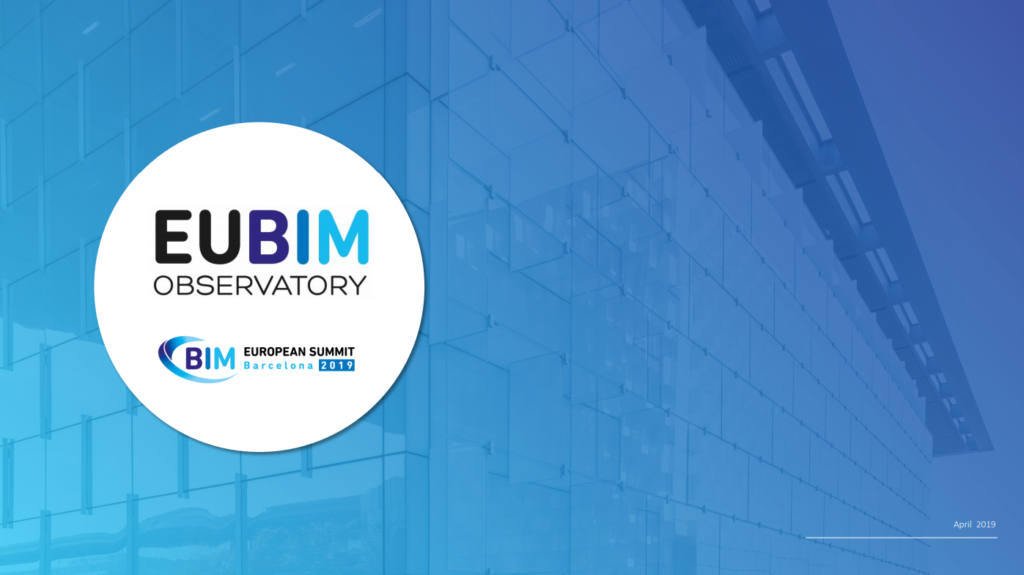Increasingly more countries throughout the world are implementing the BIM methodology, so they are changing the way they manage construction processes. For example, in Brazil, government organisations require it for all projects funded with public resources. In 2017, the Strategic Committee on the Implementationof BIM was founded to promote investments in BIM and its dissemination. For its part, the Chilean government has promoted the PlanBim, geared towards increasing productivity and sustainability in the construction industry by adopting processes that make it possible to modernise works in the course of their life cycle.
Locations as different as the Nordic countries, the United States, Dubai and China are driving ahead to make BIM the predominant methodology, based on equally different reasons. ‘The Nordic countries are the benchmark, because by seeking maximum efficiency in all processes they were the first to implement BIM as obligatory in the public sector,’ points out the executive director of the BIM Academy, Ignasi Pérez Arnal.
Singapore is an exceptional case of digitising its entire country and businesses. ‘It is a small island and must therefore stay alert in order to remain competitive and be as productive as possible. Since BIM makes this possible, they are implementing it,’ he adds.
With regard to the United States, ‘the public administration cannot impose anything, so it is the American Institute of Architects and the Association of General Contractors which see that BIM provides added value, enabling them to reposition themselves to do business.’ Ignasi Pérez Arnal highlights another two very special cases: Dubai, which is already 100% BIM, and China, which has developed its own digital tools for applying the methodology.
The EU BIM Observatory report, from April 2019, focuses on the status of 11 European countries. We will review them in several articles.
France: Digital Construction Transition Plan
France has started up a BIM strategy, with the support of two ministries, to be applied to large construction and infrastructure projects.This strategy is part of the national programme called the Digital Construction Transition Plan, which involves the areas of both electronics and construction, and has a budget of 20 million Euros.It is also implementing the national project called Interoperable Information Modelling for Sustainable Infrastructures (MINnD per its French acronym), in which 60 partners are participating.
France is developing the largest infrastructure project in Europe, the Grand Paris Express, a 200-km high-speed railway network with 68 new stations, which was awarded the Gold BIM 2017 for its library of 400 digital objects, the integration of users from the outset and its pre-standardisation processes.
EduBIM is a network of university professors and lecturers on BIM which sets out to reach learning institutions related to the construction industry (engineering and architecture schools, universities, institutes, etc.).The participants in this network also come from the business sector, such as engineering and construction companies, and BIM software companies.
Germany: Roadmap for Digital Design and Construction
The German strategy is based on a bottom-up movement in which associations and clusters pushed to design and implement a Roadmap for Digital Design and Construction, approved in 2015, with the support of the Ministry of Transport and Digital Infrastructure.Pilot projects have been implemented to verify the benefits of BIM environments through to 2020, when the mandate resulting from the different experiences will be applied.
Futurium Berlin is one of the BIM benchmark projects, the outcome of a public-private partnership.It occupies an area of 8000 m2 and has a budget of 58 million Euros. Four pilot projects were selected for the implementation of BIM environments, the main one being the Rastatttunnel, a key section of the railway connection between Karlsruhe and Basel, with a budget of 450 million Euros.
In Germany, the application of BIM methodologies must be considered for all public buildings with investments above five million Euros, as well as in transport projects. Starting in December 2020, all government infrastructures must be executed with BIM-5D technologies.
Ireland: NBC Ireland
Although there is no BIM mandate, the Irish government’s conviction and commitment is absolute. From the economic standpoint, and in terms of the transformation capacity of the labour and technical fabric, BIM affects all academic and preparatory levels. NBC Ireland is the strategic council that provides vision, leadership and a collective voice for the successful implementation of BIM level 2.
The NHC-New Children’s Hospital is the most significant investment project ever executed in Ireland’s healthcare sector. With a budget of 1,000 million Euros, its BIM model provided the opportunity to visualise the space, improve the use of underutilised areas and shared use by the entire technical team. On a different note, the construction of the tunnel for the Corribgas pipeline, with an investment of 3,500 million Euros, was recognised as the best engineering project of 2016.
Different sectors have embraced BIM as part of their operating method, such as the Office of Public Works (within the EU BIM Task Group), Transport Infrastructure Ireland, Irish Water or Dublin Airport. Secondary education schools have responded quickly to industry demands to offer BIM educational and preparation programmes.
Italy: BIM Decree
Italy plans to apply a BIM mandate between 2019 and 2022 for public buildings and infrastructures. UNI 11337 standards provide the backbone of the national strategy for the digital management of information processes, which has been ongoing since the publication of the new Procurement Code, which provides for the progressive adoption of BIM. The BIM Decree makes the application of BIM methodology compulsory in strategic works with special safety standards and a high number of people. Starting in 2022, BIM will be fully introduced for all ordinary works, except for residential works and those without safety-related problems. In 2025, the process will be digitised for all projects of a certain complexity up to amounts of less than one million Euros.
The European BIM Summit is possible thanks to the contribution of our sponsors: Roca, as Main sponsor; Finalcad, as Gold sponsor; Agència Catalana de l’Aigua, ATL, Bentley, CIAT, FGC, Knauf Industries, MUSAAT, PREMAAT, Graphisoft Archicad and SIMBIM Solutions, as Silver sponsors; Calaf Constructora, Copisa, and Fundación Laboral de la Construcción, as Pro sponsors; and BASF, as Sustainability sponsor. It has also the support and the collaboration of the Departament de Territori i Sostenibilitat of the Generalitat de Catalunya.






